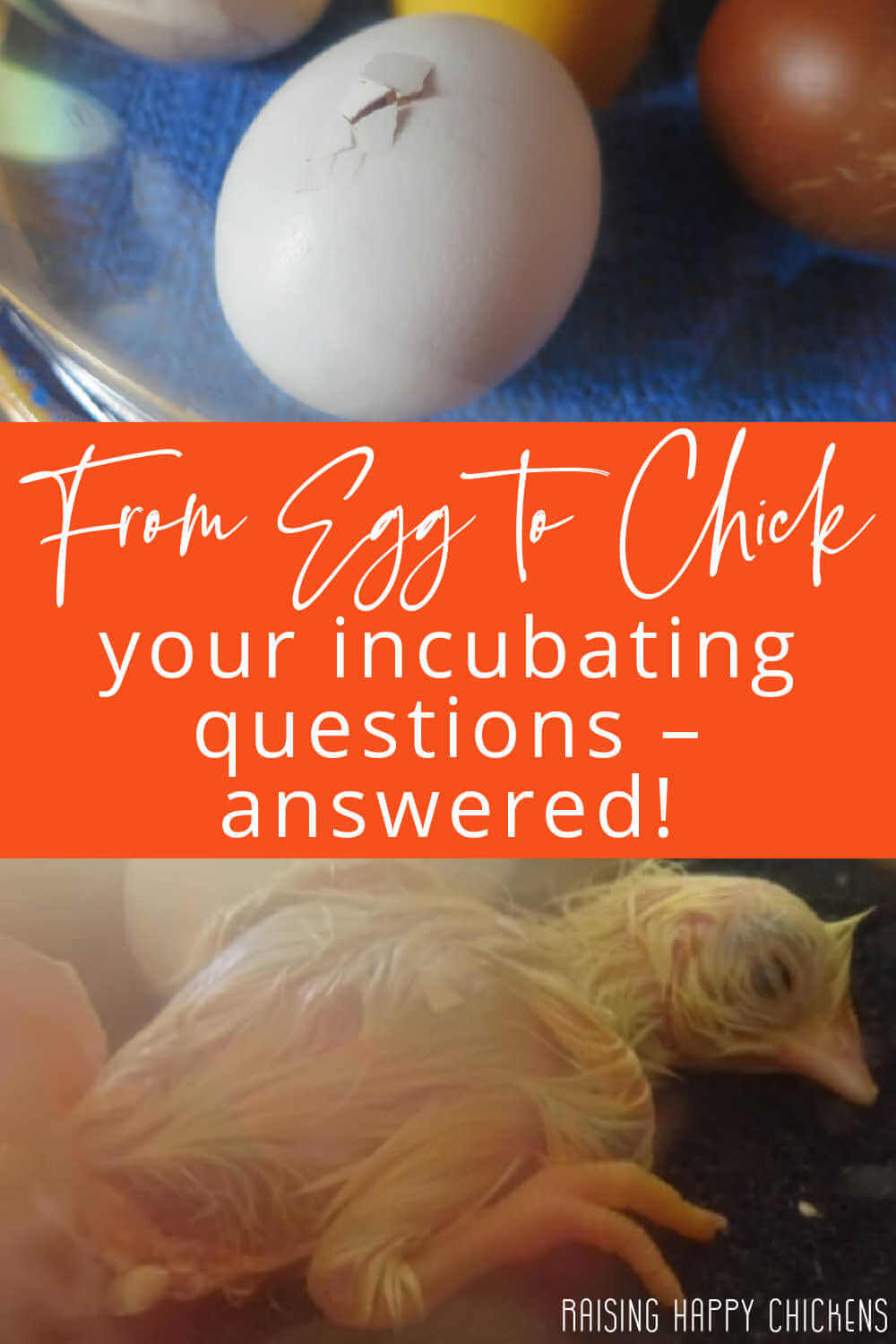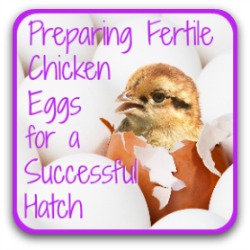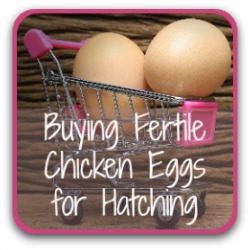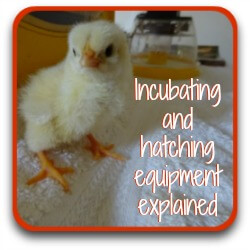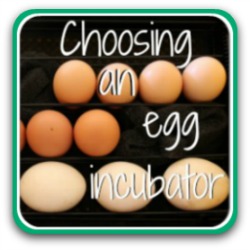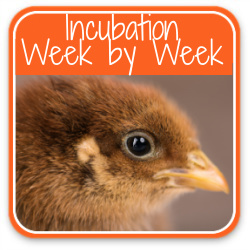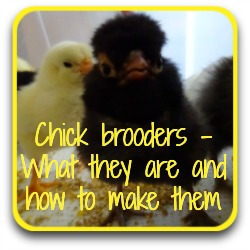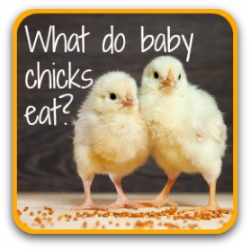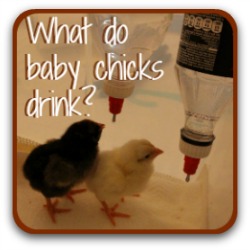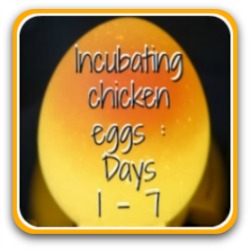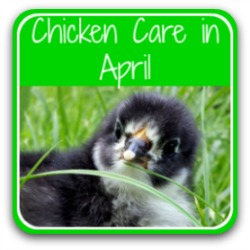- Home
- Before you incubate
- Q&As
Incubating chicken eggs: your questions, answered.
Thinking of incubating and hatching your own chicks? It's both the most exciting – and the most terrifying – process!
I incubate and hatch my own chicks almost every year.
It's fascinating, and for children it's one of the most remarkable ways of helping them learn about the marvels of developing life.
But it can also be incredibly stressful.
One of the best ways of helping mitigate the stress is by making sure you prepare for incubating effectively. This article is to help you do that.
So if you're not sure of the best way to go about it, this page is here to help you by answering the most common questions people ask me about incubation, from before you even start to the point of hatch.
- To see an answer to the question, click on the red arrow next to it.
- Have a question I don't answer here? Use my contact form to ask, and I'll add it to this page.
Let's start with the basics.
What does "incubating" mean?
What does "incubating" mean?
Incubation is keeping fertile eggs warm for however long it takes to hatch a baby bird.
It can refer to chicken, other types of poultry (like turkeys), waterfowl (like ducks and geese) or any other kind of bird.
In our context, of course, it refers to chickens' chicks.
Incubating can be done either naturally, by a broody hen sitting on a clutch until her chicks hatch, or by using an artificial incubator which keeps the eggs at the best possible temperature and humidity levels throughout incubation.
What is the process of incubation?
What is the process of incubation?
The process of incubation is the time it takes for the cells of a fertilised egg to divide and multiply from a single cell zygote, to become firstly a blastoderm – a collection of cells – from which grows the embryo in three layers:
- the ectoderm, from which grow the nervous system eyes, feathers, beak, claws and skin
- the endoderm, producing the breathing and digestive systems, and
- the mesoderm, responsible for the skeleton, muscles, circulatory and reproductive systems.
Once fully developed, this embryo hatches into a fully formed chick.
What equipment is needed for incubating?
What equipment is needed for incubating?
The basic equipment you'll need if you don't have your own broody hen is pretty simple: an artificial incubator and some form of light for candling. This can be as simple as a flashlight.
You do need to think carefully about space, both to place your incubator and more especially for your chicks when they hatch.
They grow unbelievably quickly and will be flying within a few days of hatch. For more about that, see this article.
What is an incubator?
What is an incubator?
An incubator is a machine which provides an artificial way of keeping eggs at the right temperature and humidity until they hatch. There are several different types, from the home made to manual, semi-automatic and fully automated.
In Italy, where I live, they're referred to as "an electric hen".
What's the best incubator for hatching just a few eggs?
What's the best incubator for hatching just a few eggs?
My favourite incubator bar none is the little Brinsea Mini Advance. It's incredibly easy to use, has a fantastic success rate, and best of all it's designed so that you get a clear view of the eggs as they hatch.
I have used this incubator every year for the last ten years and it's still going strong (I have two, actually!).
What is a broody hen?
What is a broody hen?
A broody hen is a female chicken who is intent on incubating and hatching chicks.
She will sit on any eggs – they don't necessarily have to be her own. Broodies have been known to hatch other birds altogether. It's reasonably common for chickens to incubate and hatch ducks, for example.
Some breeds of chicken are more likely to "go broody" than others. Silkies are a great example of a breed that often goes broody.
On the other hand, some chickens, particularly those bred specifically as egg-layers, are highly unlikely ever to want to hatch their own chicks.
Red Stars, for example, are great layers but don't make good mothers at all.
If a hen has stopped laying, can she still incubate?
If a hen has stopped laying, can she still incubate?
Yes, if a hen has been a good broody but she's older and no longer laying, there's no reason why she can't incubate someone else's clutch of eggs.
It's wise to have an incubator warmed up just in case she loses concentration, though. Senior hens can start with the best of intentions but find the incubation process too long to sustain for as long as necessary to go to a successful hatch.
What does "setting the eggs" mean?
What does "setting the eggs" mean?
Setting is just another word for putting eggs into an incubator or under a broody hen.
Traditionally chicks which hatch under a waxing moon – that is when the moon is growing – will be bigger and healthier than those hatching when the moon is waning or growing smaller.
So, according to some old-time farmers, fertile eggs should be set 21 days before there's a new moon.
Of course, there's no scientific basis for this ...
How long do chicken eggs take to hatch?
How long do chicken eggs take to hatch?
Incubating large breed chicken eggs usually takes 21 days. Bantam sized are more likely to hatch around day 19 or 20.
However, this can vary depending on various things, most importantly the temperature levels in the incubator. If the temperature drops for any reason, the hatch will take longer.
I've had chicks hatch as late as 26 days after setting. For that reason, I advise not to discard any (as long as candling has shown development) before that.
Can different chicken breeds be incubated at the same time?
Can different chicken breeds be incubated at the same time?
Yes, there's no problem with this. I've hatched heavy breed chickens (for example, Light Sussexes and Wyandottes) in the same incubator with little Sablepoot bantams. Having been hatched and raised together, they're the best of friends.
The only difficulty may be if the bantam chicks hatch earlier. You'll need to take them out of the incubator once they have dried off, whilst leaving the other eggs a couple of days longer.
That's no problem as long as you are quick in removing them. Generally speaking, to avoid that issue I prefer to use separate incubators to hatch bantams and large breeds.
But then, I'm lucky enough to have more than one incubator.
Can different types of bird be incubated at the same time?
Can different types of bird be incubated at the same time?
This is not usually recommended. Why?
- Different types of bird eggs have different temperature and humidity needs, and take different lengths of time to hatch.
- While chicken chicks take 21 days, for example, geese can take between 30 and 35 days and need a higher humidity level.
- Goslings are also more likely to hatch if the eggs are sprayed with water every day between days 6 and about 25, whereas chicken eggs need to be kept in humid conditions, but without direct contact with water.
- To understand this more fully, think about natural incubation. A mother hen will sit on her clutch and take time out for feeding. A mother goose, on the other hand, will spend time each day in water, returning to her nest and sitting with her feathers still damp.
- So, from my own experience of hatching chicken, turkey and goose eggs I would advise by all means hatch different breeds of chicken together, but incubate different types of fowl at different times, or in different incubators. That gives them all the best chance of a successful hatch.
How old can chicken eggs be when they go into the incubator?
How old can chicken eggs be when they go into the incubator?
A broody hen will collect a clutch of eggs before she starts incubating. Leave her to it – she naturally knows what she's doing!
When using an incubator, it's better to get the eggs into the machine as soon as possible after they've been laid, having given them a chance to be "rested" for a few hours first.
I've successfully incubated eggs when they were just over three weeks old, but that's very unusual.
There's more information about how to choose the right eggs for incubation at this page.
What's the ideal temperature for incubating chicken eggs?
What's the ideal temperature for incubating chicken eggs?
The temperature needs to be consistent at 37.5ºC (99ºF) in an incubator which has a fan, higher (38 - 39ºC, 102ºF) in a still air incubator.
If it drops below that for a while it's not the end of the world – the chicks are just likely to hatch a little later.
If you're unlucky enough to have an electricity cut while you're incubating just keep the incubator closed, wrap it in something warm such as a blanket or quilt, and hope the power comes back fairly quickly. If it does, the chances are your chicks will be fine.
If the temperature rises, it's much more serious. The embryos won't be able to survive a raised temperature.
What level should humidity be for a successful hatch?
What level should humidity be for a successful hatch?
The humidity level is critical to a successful hatch.
It needs to be consistent at 45% until 'lockdown' at day 18, when it should be raised to 65%.
Too low and the chicks will have trouble hatching. Too high and there's a real danger they'll drown in the egg, or not 'fluff out' properly after hatch.
Getting humidity levels right is the hardest part of incubating, in my experience. It's the only time I've ever lost a chick after hatching – the humidity levels were too high.
Despite hatching without a problem, she wasn't able to dry out and died from cold before I was able to get to her.
What does candling mean?
What does candling mean?
Candling is holding a strong light to the outside of eggs.
The purpose of candling is to monitor whether or not the egg is fertile, and to see how well it's developing through the incubating period.
It is a fascinating process. If you want details of when to candle, how to do it, how to tell when an egg is fertile and what to look for during incubation, have a look at my section on candling chicken eggs.
What is 'lockdown'?
What is 'lockdown'?
Three days before hatch is due, the eggs are no longer turned, the incubator remains closed and humidity levels are raised.
This allows the chick to get into the right position for hatch. It also makes sure there's enough moisture in the air to keep the inner membrane moist as the chick starts to peck its way out of the egg.
That is important, because if the membrane is too dry the chick won't be able to peck through it and will stand a high chance of dying.
For more detail about lockdown, see this article.
Do all chicken eggs take the same time to hatch?
Do all chicken eggs take the same time to hatch?
No.
Various things will influence hatch times: the age of the eggs, the health of the mother hen, fluctuations in the incubator temperature... Sometimes chicks hatch a little before 21 days, sometimes it can be several days after.
Don't give up on your chicks until 26 days have passed since they were set.
Are there any really good books about incubating chicken eggs?
Are there any really good books about incubating chicken eggs?
Yes!
There are so many books and magazines out there, not to mention websites and blogs. It's difficult to know which is reliable. Sometimes their information is very thin, sometimes it's downright inaccurate. I know – I have read most of them!
The one that's my all-time favourite and my personal incubating and hatching bible is this one: Gail Damerow's "Hatching and Brooding Your Own Chicks".
It covers not only chickens but turkeys, ducks, geese and guinea-fowl too. It's thorough, easy to read and has some great illustrations.
Read my full review, here.
If you'd like to buy it now, here's a link. (This is an affiliate link, which means that if you buy after clicking, I receive a small commission at no extra cost to you).
If need more help incubating chicken eggs, try these pages.
- Home
- Before you incubate
- Q&As
